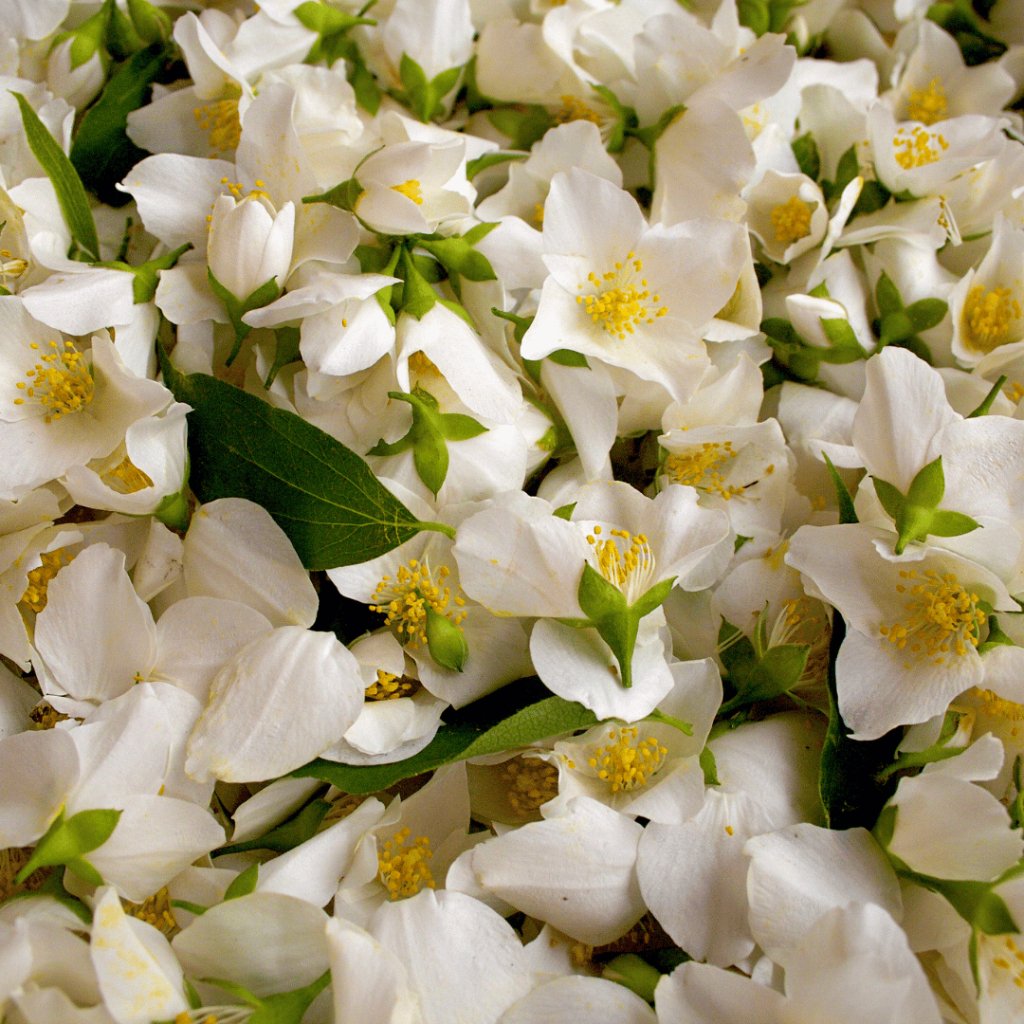
Jasmine Care Tips for Monsoon: Ensuring Healthy Growth and Fragrance
Have you ever wondered how to keep your jasmine plants blooming beautifully even when the monsoon arrives? The rainy season can be a bit of a mixed bag for jasmine lovers—while the increased moisture is great, it also comes with its challenges. But don’t worry! With the right care and a little know-how, your jasmine can continue to thrive and fill your garden with enchanting fragrance. Let’s dive into some top tips to keep your jasmine plants happy and healthy during the monsoon.
- Perfect Watering Balance
>> Why It Matters: Jasmine loves moisture but can be sensitive to overwatering. The key is to maintain a balance.
Tip: Water your jasmine plants regularly, but ensure the soil is well-drained. Avoid waterlogging by using pots with drainage holes or raised garden beds. If you’re unsure, the top inch of soil should be dry before watering again.
- Boost Nutrient Levels
>> Why It Matters: Jasmine plants need a nutrient boost to sustain their lush growth and blooming during the monsoon.
Tip: Use Lazy Gardener’s BloomStix for a steady supply of essential nutrients. These sticks release nutrients gradually, helping your jasmine stay vibrant. Try the Flower Power Trio Pack to enhance flowering and overall plant health for a more comprehensive approach.

- Keep an Eye on Pests
>> Why It Matters: The monsoon can bring out pests that may target your jasmine plants.
Tip: Regularly inspect your plants for common pests like aphids or spider mites. If you spot any, treat them promptly. A gentle spray of Lazy Gardener’s Bloom Spray can help deter pests and keep your jasmine healthy.
- Pruning for Health and Shape
>> Why It Matters: Pruning helps maintain the shape of your jasmine plant and encourages new growth.
Tip: Trim away any dead or diseased branches to promote healthy growth. After pruning, you can apply Lazy Gardener’s Plant Care Kit to support recovery and boost new growth.
- Ensure Proper Light Conditions
>> Why It Matters: Jasmine needs a good balance of sunlight and shade to flourish.
Tip: During the monsoon, ensure your jasmine receives indirect sunlight. Too much rain can reduce light levels, so consider placing your plants where they can get morning sunlight but are sheltered from harsh afternoon rays.
- Improve Soil Drainage
>> Why It Matters: Well-drained soil helps prevent root rot and other moisture-related issues.
Tip: Enrich your soil with organic matter like compost or use a soil mix that promotes good drainage. Adding perlite/pumice stone or sand can also help improve soil aeration.
- Support Healthy Growth
>> Why It Matters: Jasmine plants can benefit from a bit of extra support during the rainy season.
Tip: Use plant supports or trellises to keep your jasmine upright and prevent it from getting weighed down by heavy rain. This also helps with airflow, reducing the risk of fungal diseases.
- Watch for Mold and Mildew
>> Why It Matters: Increased humidity during the monsoon can lead to mold and mildew issues.
Tip: Ensure good airflow around your jasmine plants to prevent fungal infections. If you notice any mold or mildew, remove affected parts and treat the plant with an appropriate fungicide if needed.
Embrace these tips and give your jasmine the care it needs to continue dazzling with its beautiful blooms throughout the monsoon. With a bit of attention and the right products, like our Lazy Gardener’s range, your jasmine can remain a fragrant centerpiece of your garden.
Happy gardening!


Leave a comment